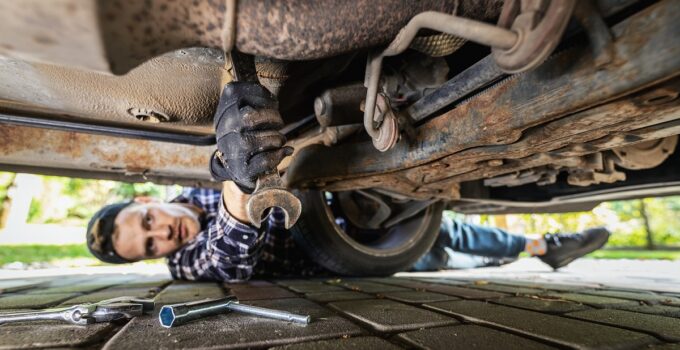Taking on DIY car maintenance can save you money and deepen your understanding of your vehicle. But are you aware of the common pitfalls that could turn a simple fix into a costly error?
1. Do Consult Your Vehicle’s Manual
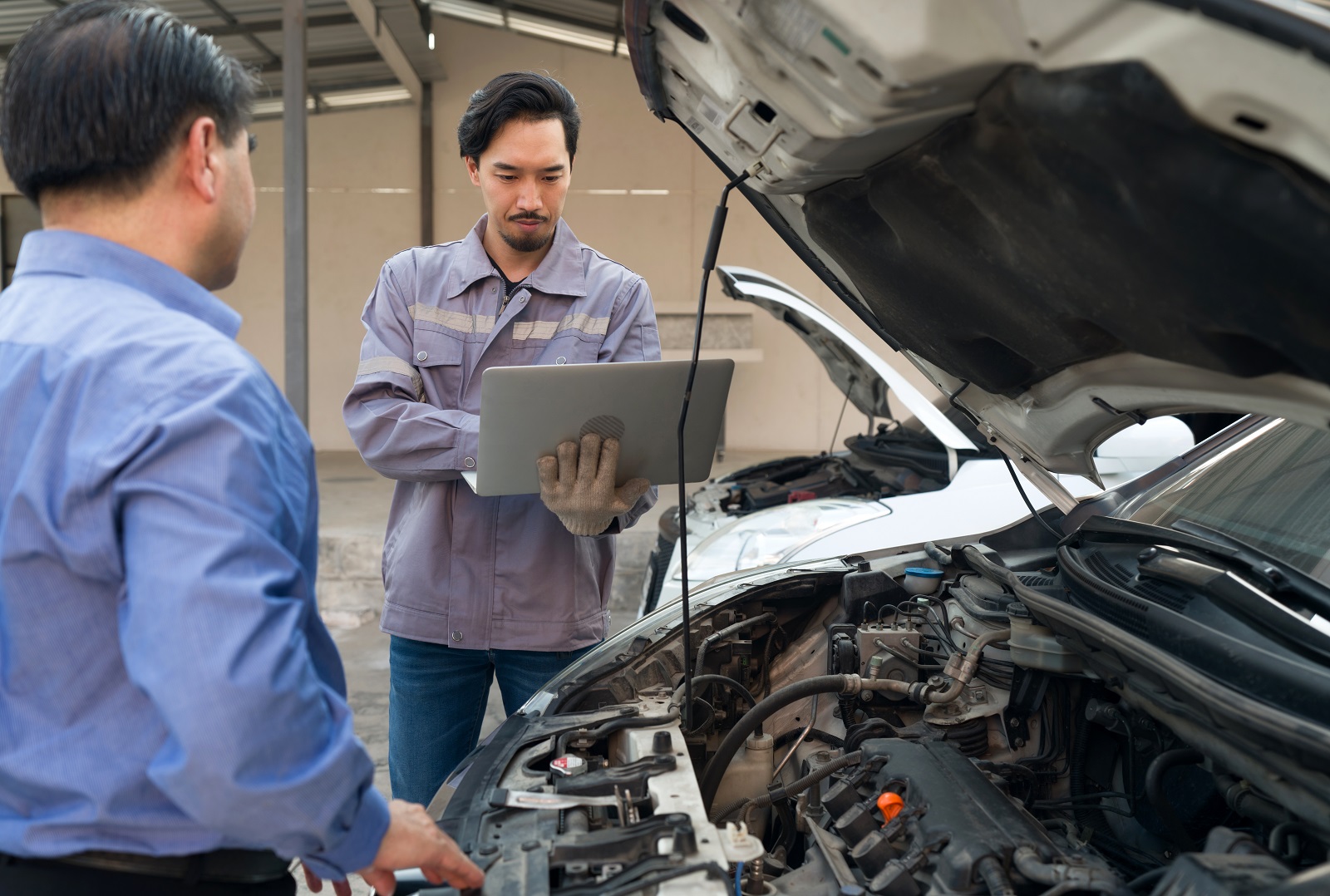
Image Credit: Shutterstock / Chadchai Krisadapong
Always refer to your car’s manual for specific maintenance guidelines and recommended fluids and parts. This ensures you’re working with the right information for your specific model.
2. Do Keep a Maintenance Log
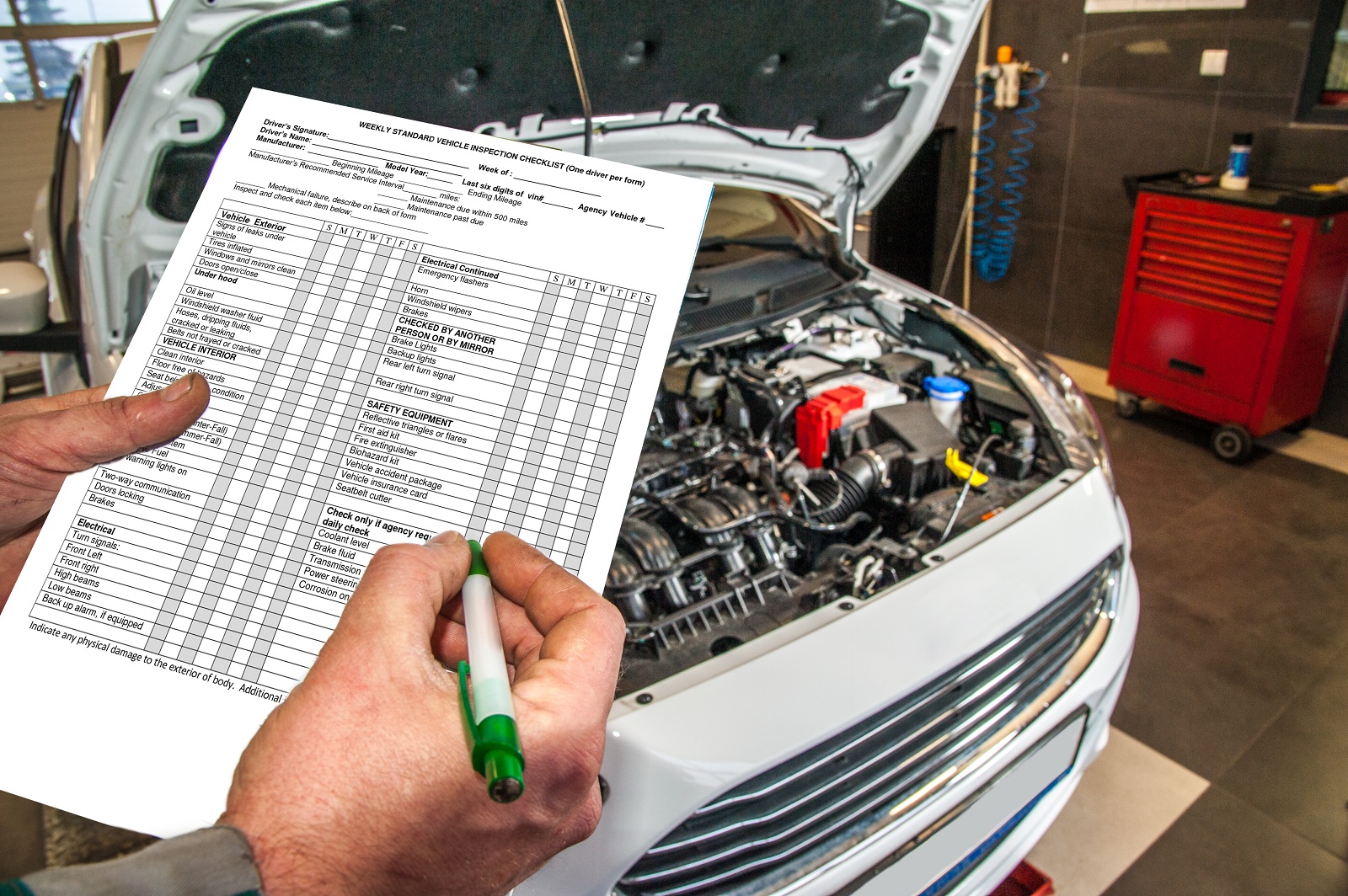
Image Credit: Shutterstock / damiangretka
Record all DIY maintenance and repairs to track your car’s history and any changes in performance. This log can be invaluable for troubleshooting and resale.
3. Do Use the Right Tools
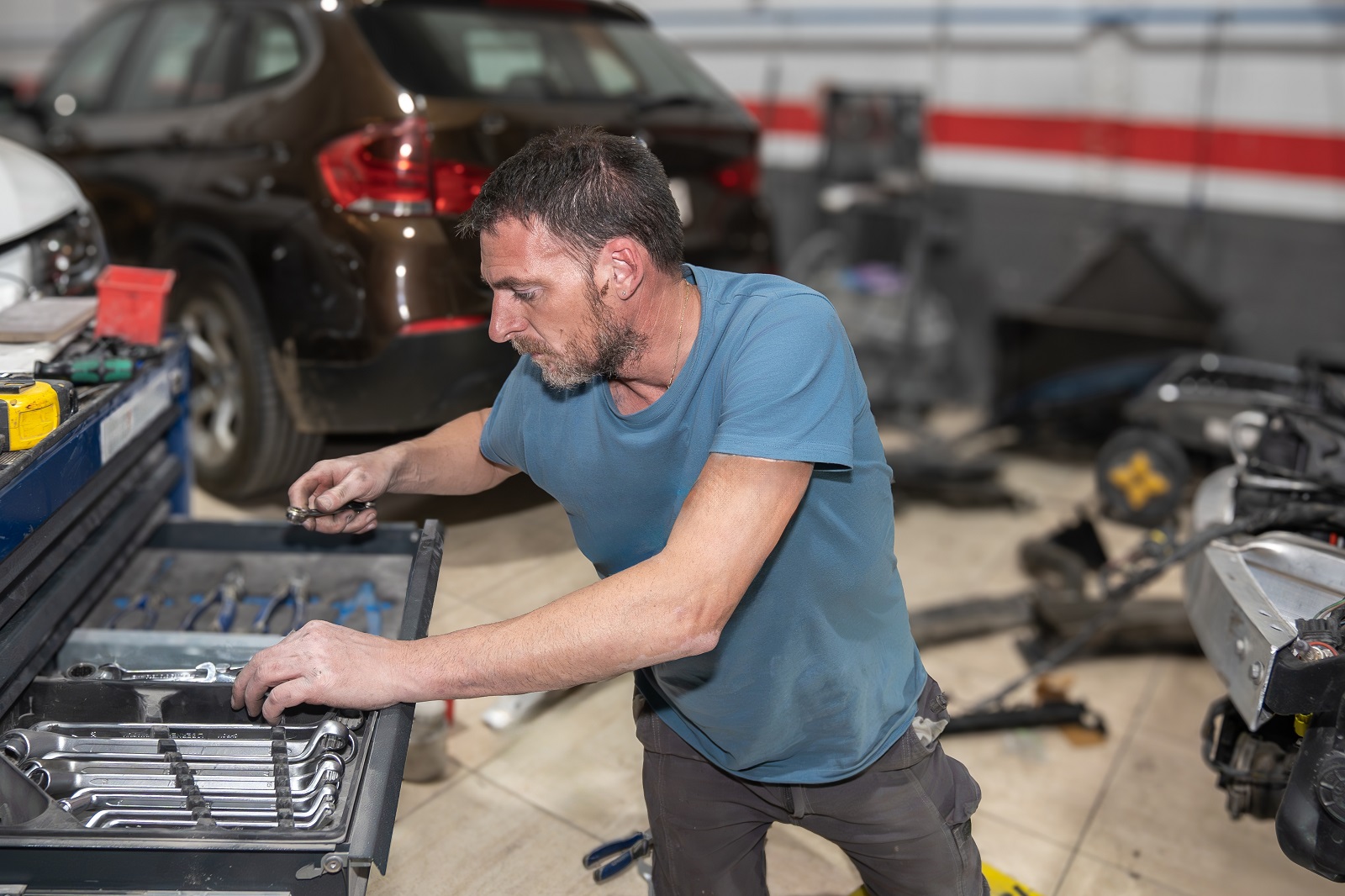
Image Credit: Shutterstock / Alejandro M. Ferrer
Invest in quality tools suited for automotive work to ensure safety and accuracy. The right tools make the job easier and prevent damage to your vehicle.
4. Do Wear Protective Gear
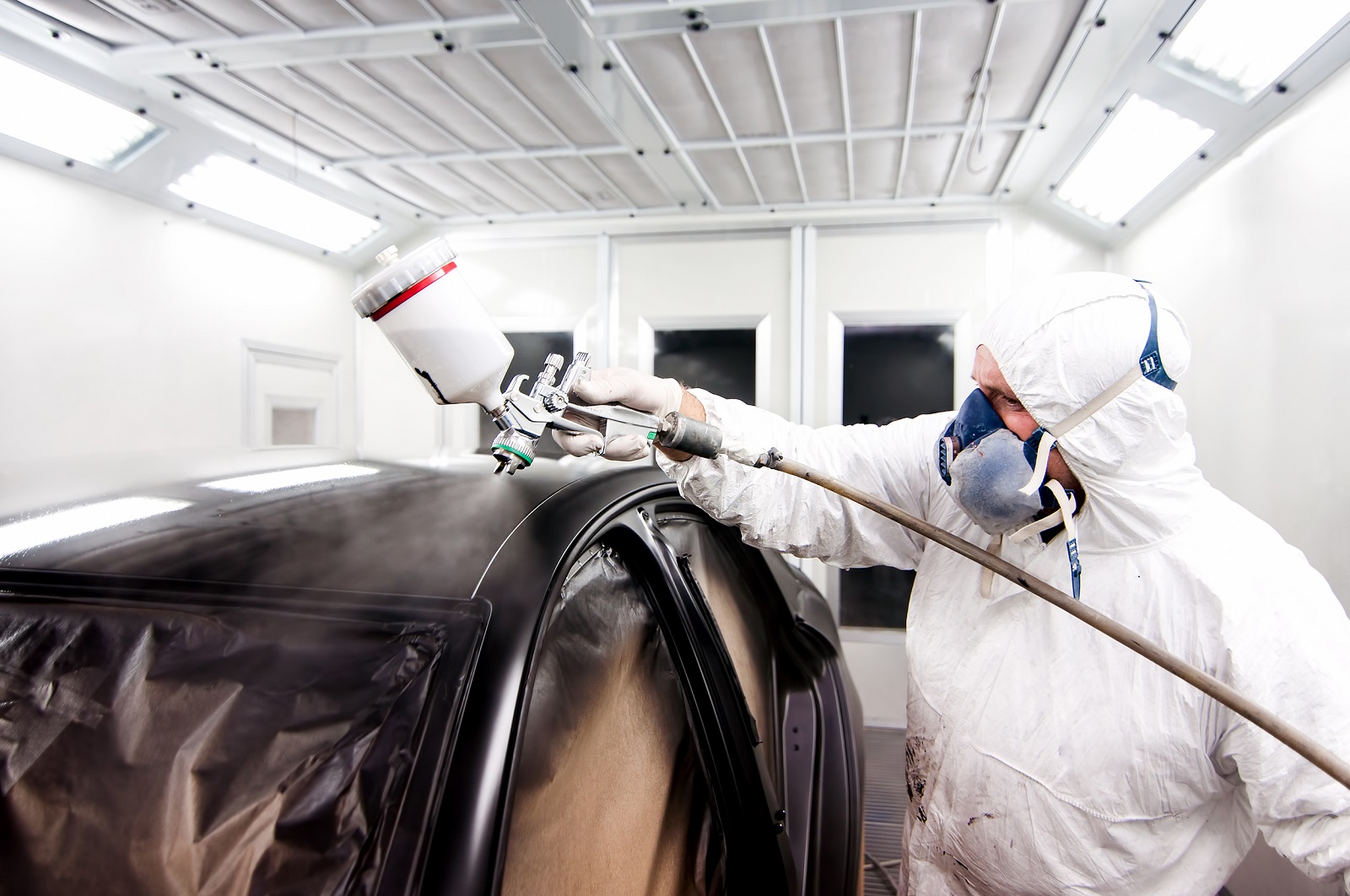
Image Credit: Shutterstock / bogubogu
Use gloves, goggles, and protective clothing to avoid injuries from chemicals or moving parts. Safety first is a mantra to live by in car maintenance.
5. Do Dispose of Fluids Properly
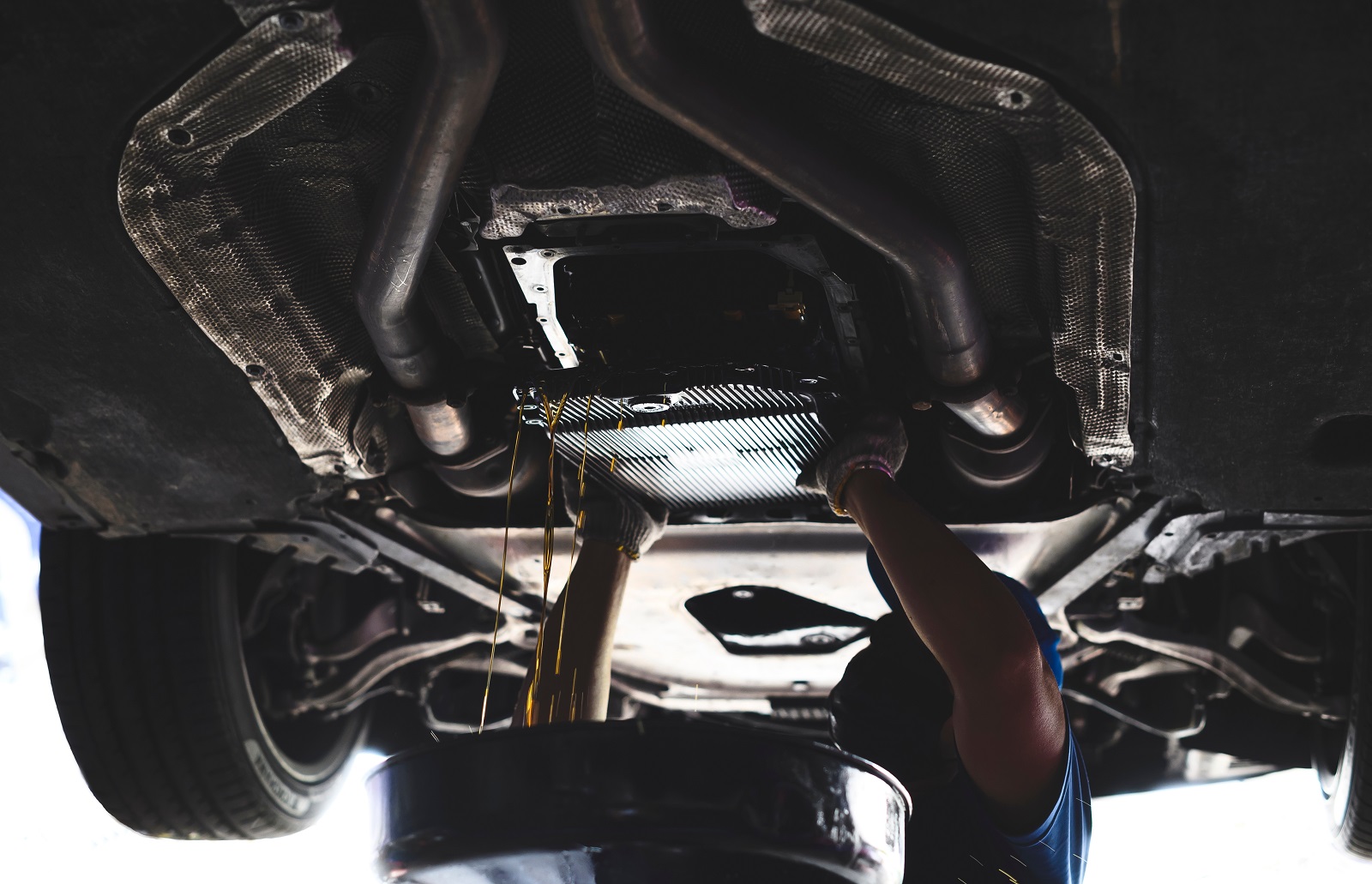
Image Credit: Shutterstock / Setta Sornnoi
Follow local regulations for disposing of used oil, coolant, and other automotive fluids. Proper disposal protects the environment and your community.
6. Do Work in a Well-Ventilated Area
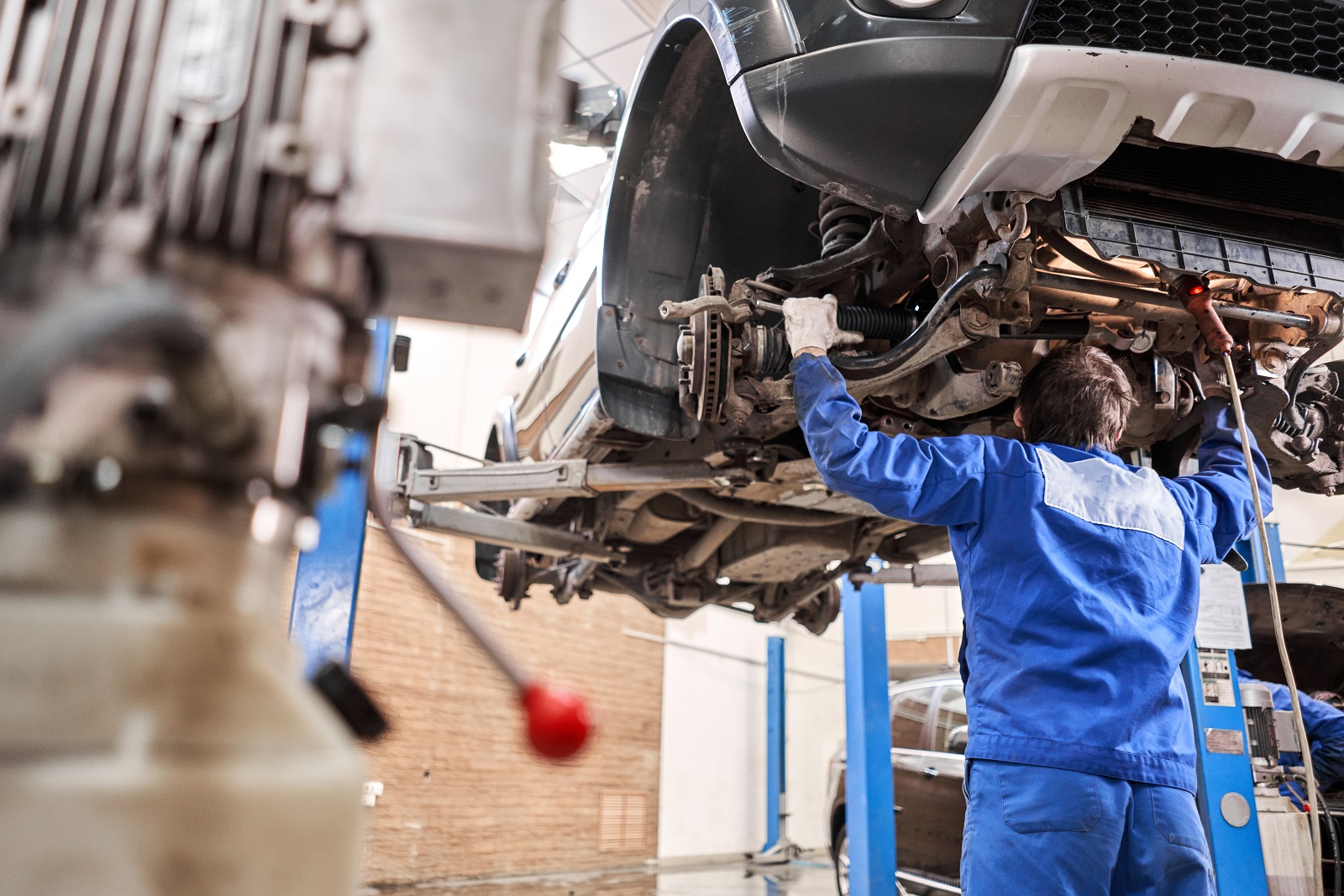
Image Credit: Shutterstock / Fusionstudio
Ensure good airflow to avoid inhaling fumes, especially when working with chemicals or running the engine. A ventilated area keeps you safe from potentially harmful gases.
7. Do Jack Up Your Car Safely
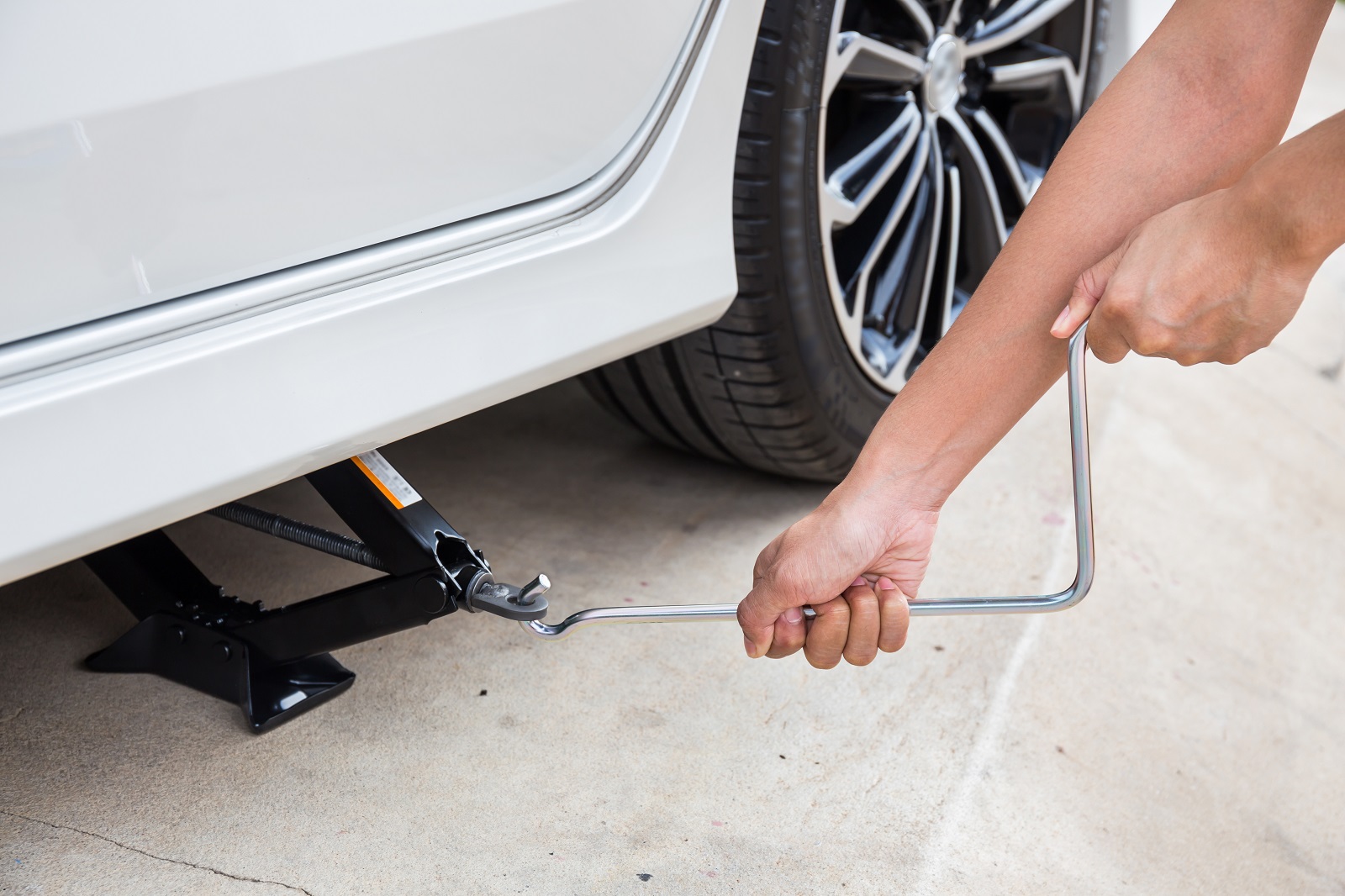
Image Credit: Shutterstock / Pakpoom Phummee
Use a sturdy jack and jack stands on level ground to prevent accidents when working underneath your vehicle. Never rely on the jack alone for support.
8. Do Keep Your Workspace Clean
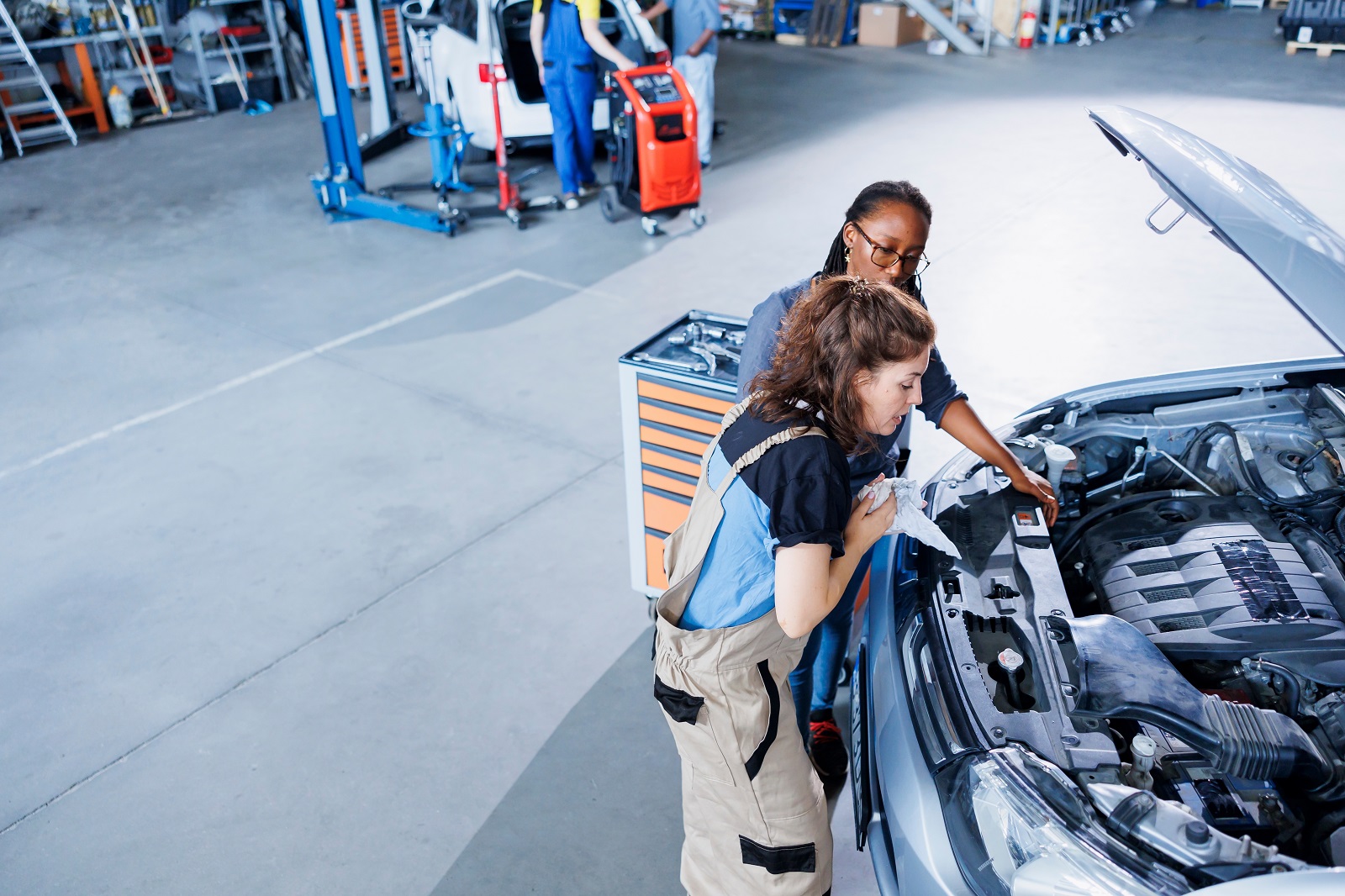
Image Credit: Shutterstock / DC Studio
A tidy workspace helps prevent tools and parts from getting lost or causing accidents. Organize your area to improve efficiency and safety.
9. Do Inspect Parts Before Replacement
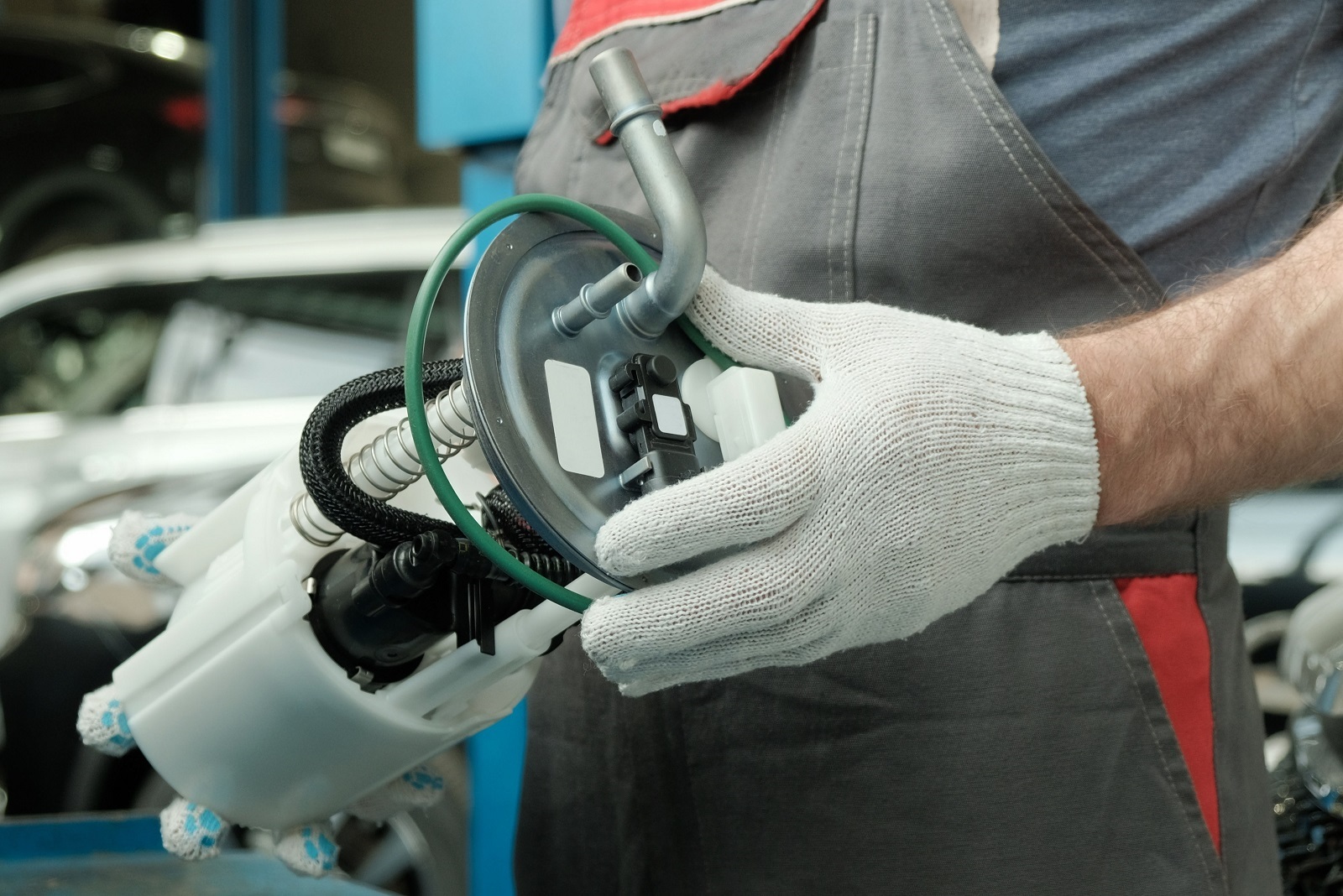
Image Credit: Shutterstock / Palitsyn Evgenii
Check the condition of parts to confirm they need replacement and match new parts to the old ones. This avoids unnecessary replacements and ensures the correct parts are used.
10. Do Take Your Time
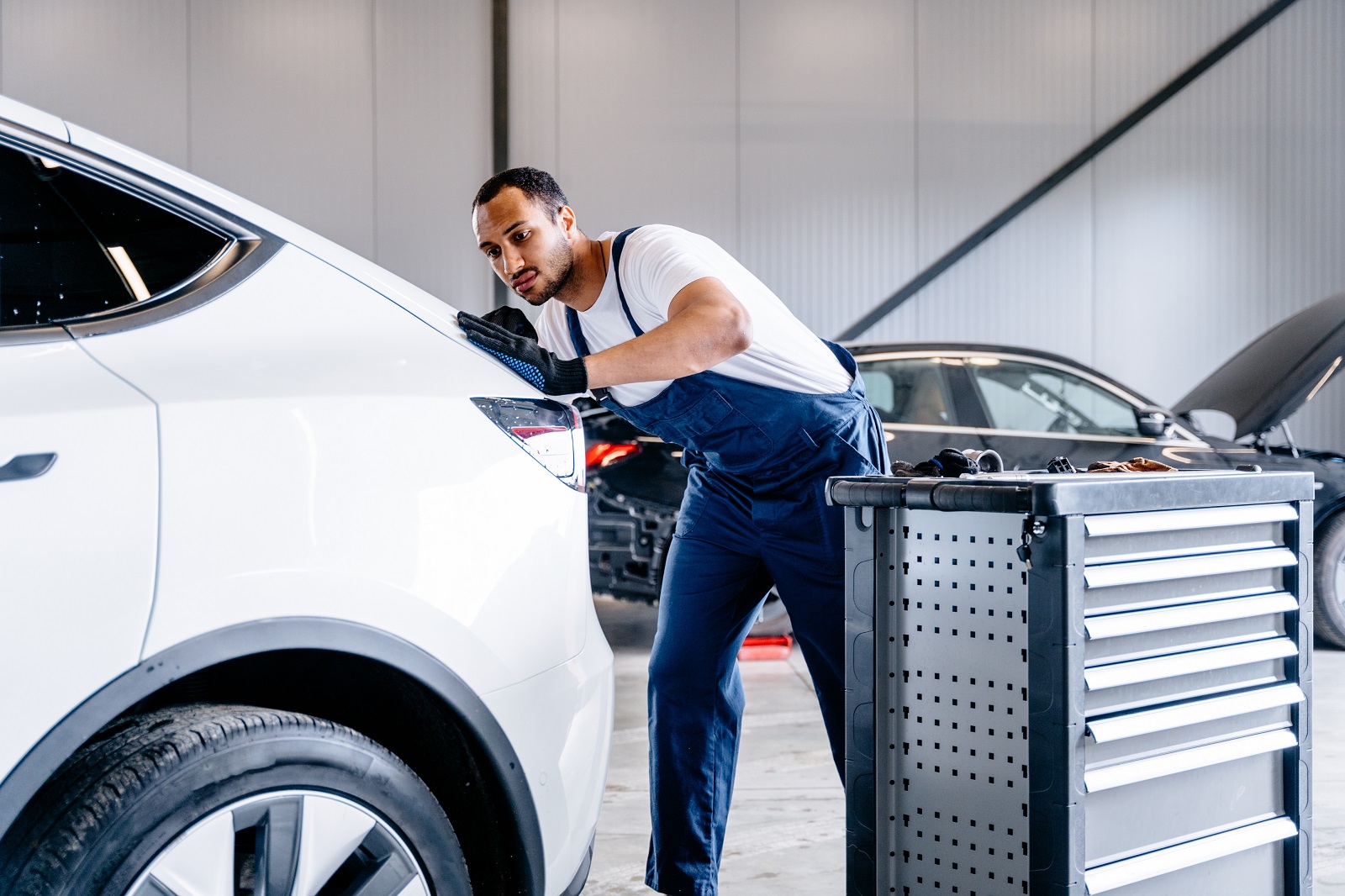
Image Credit: Shutterstock / Iryna Inshyna
Rushing can lead to mistakes. Take the time to understand the task and perform it correctly to avoid mishaps and ensure a quality repair.
11. Do Learn from Reliable Sources
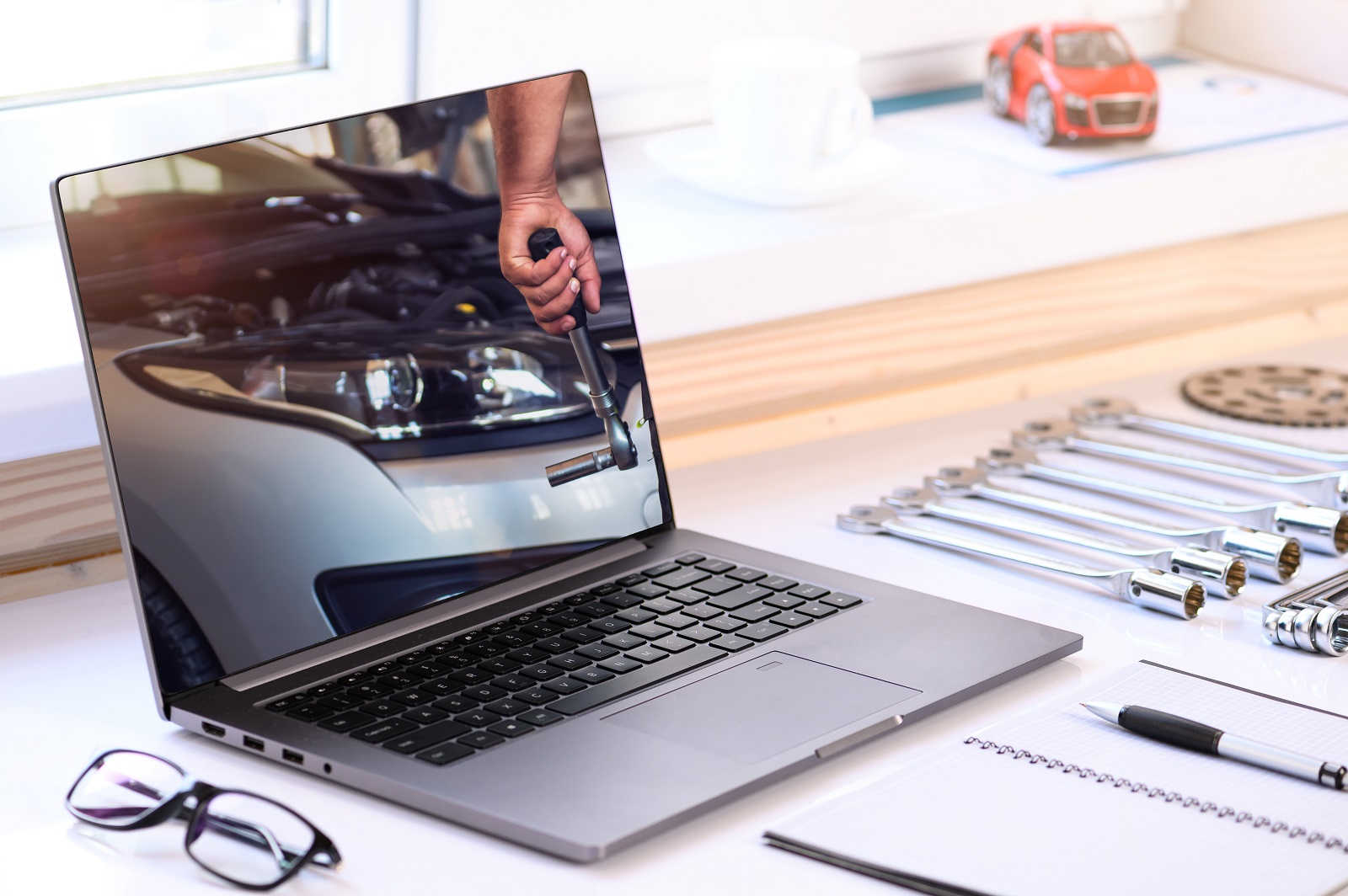
Image Credit: Shutterstock / Axtem
Use reputable automotive repair manuals, videos, and forums to learn techniques and get advice. Quality sources reduce the risk of misinformation and errors.
12. Don’t Ignore Warning Signs
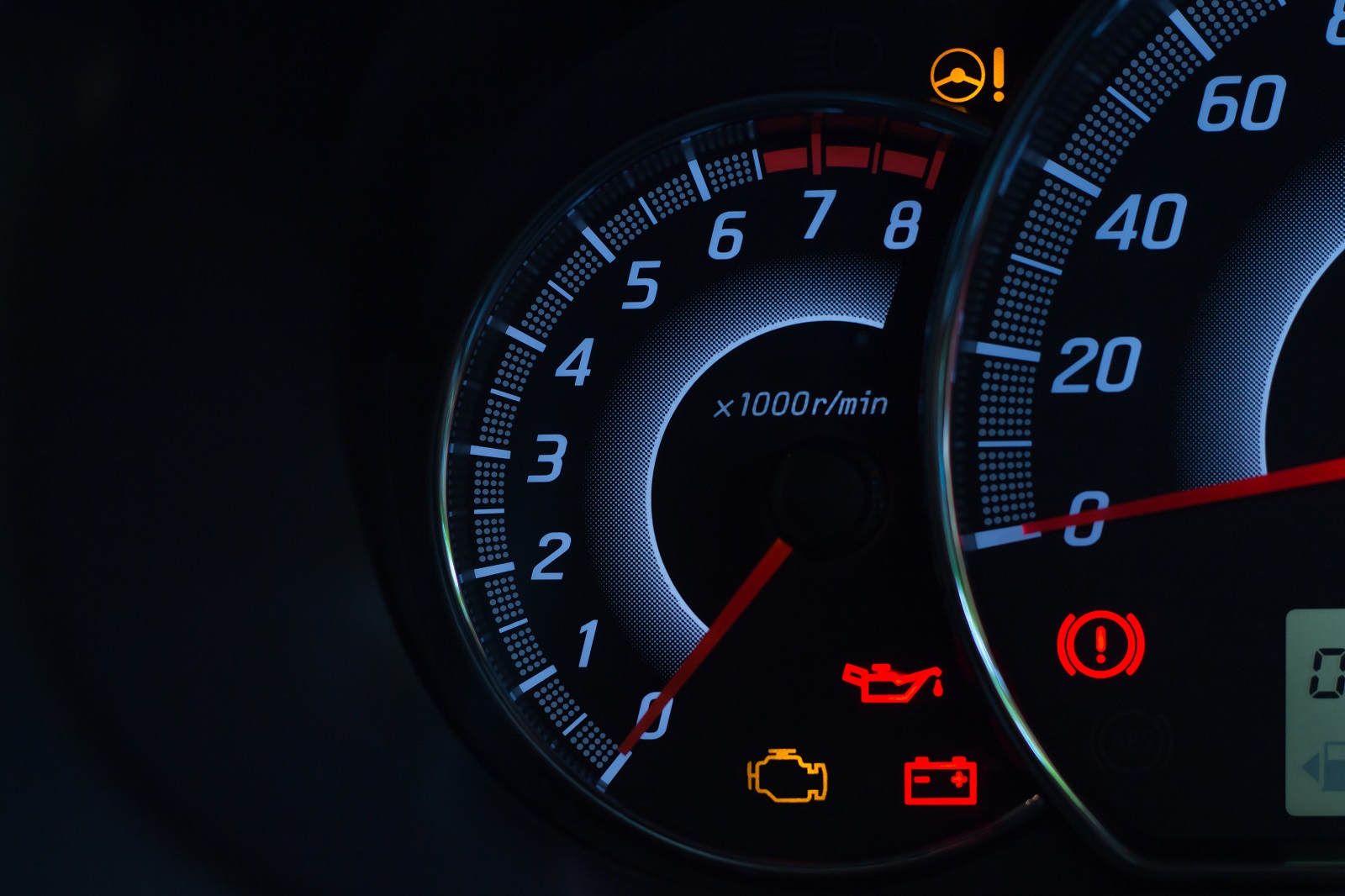
Image Credit: Shutterstock / Somnuek saelim
If your car makes unusual noises or shows warning lights, address these signs before they lead to bigger issues. Ignoring them can lead to costly repairs and unsafe conditions.
13. Don’t Skip Safety Steps
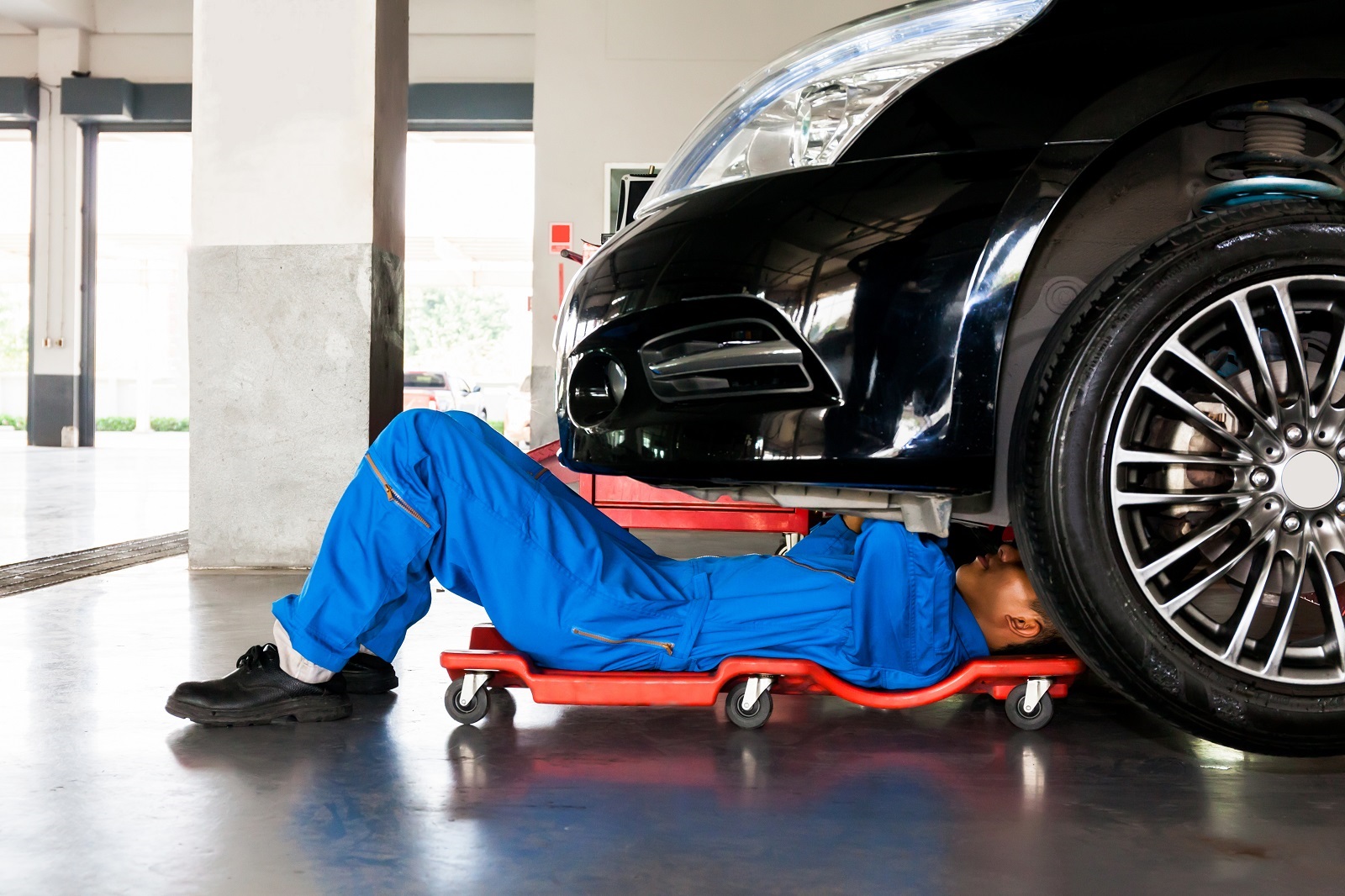
Image Credit: Shutterstock / Twinsterphoto
Never work under a car supported only by a jack or ignore the importance of disconnecting the battery when working on electrical systems. These steps are crucial for your safety.
14. Don’t Use Mismatched Parts
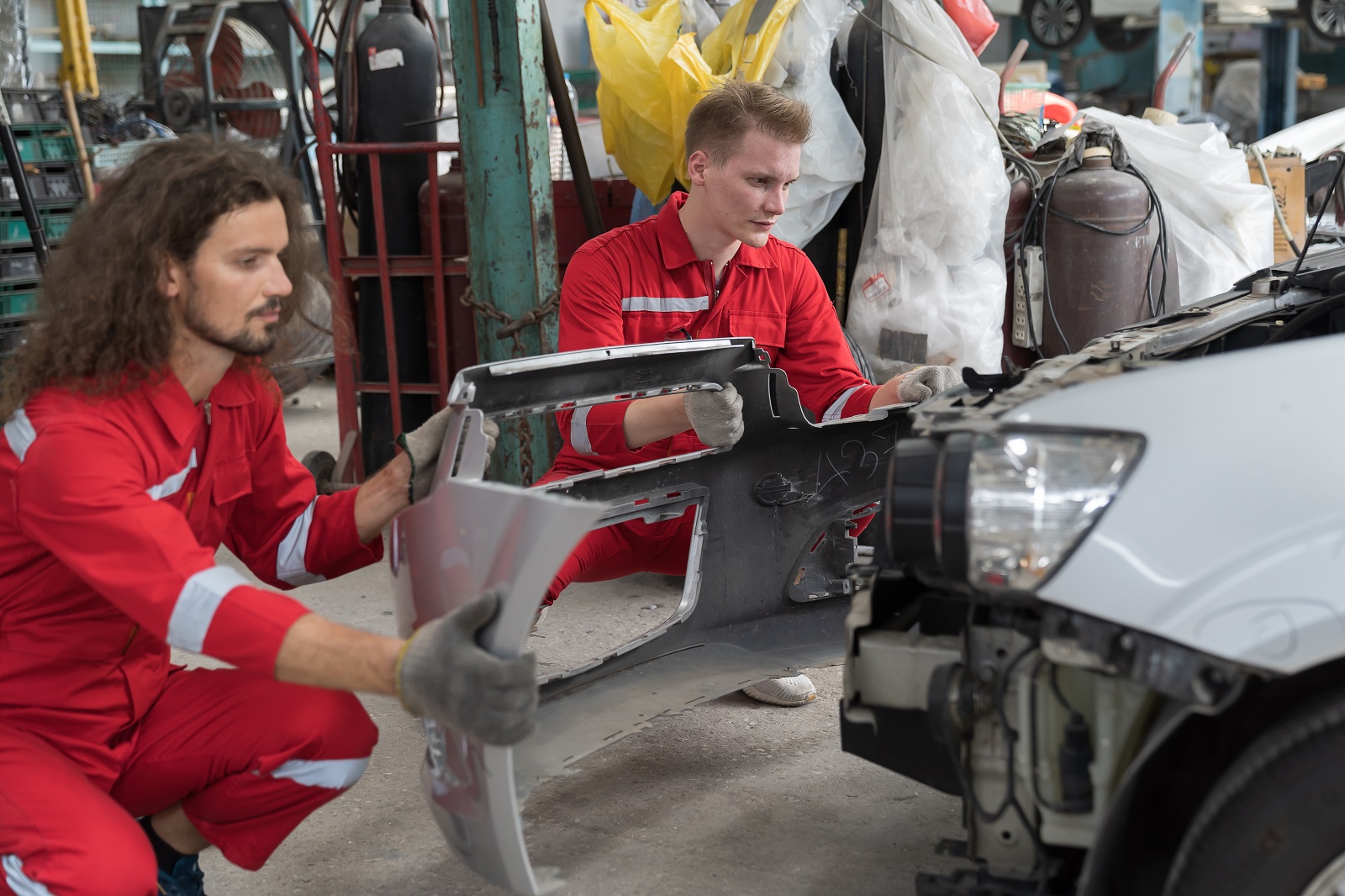
Image Credit: Shutterstock / Amorn Suriyan
Using the wrong parts can cause damage and void warranties. Always ensure parts are compatible with your vehicle to maintain its integrity and performance.
15. Don’t Overfill Fluids

Image Credit: Shutterstock / Krasula
Adding too much oil, coolant, or other fluids can lead to leaks and other mechanical problems. Stick to recommended levels for optimal performance.
16. Don’t Guess on Torque Specifications
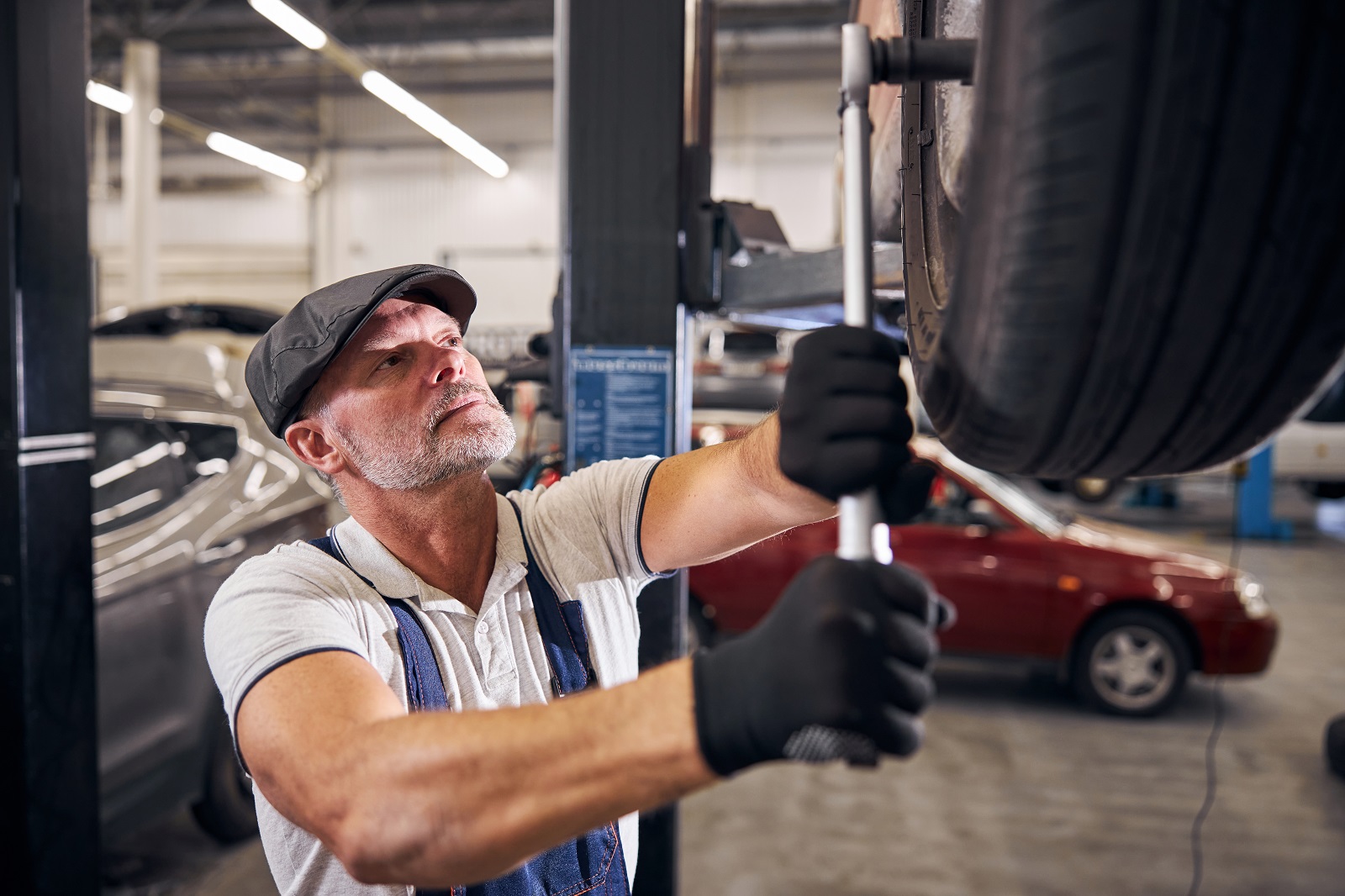
Image Credit: Shutterstock / Svitlana Hulko
Use a torque wrench and the correct specs to avoid overtightening or under-tightening bolts and screws. Proper torque ensures components are securely fitted without damage.
17. Don’t Neglect to Test After Repairs

Image Credit: Shutterstock / Jelena Zelen
Always test your vehicle in a safe area after repairs to ensure everything is working correctly. This can catch issues before they become bigger problems.
18. Don’t Mix Up Fluids
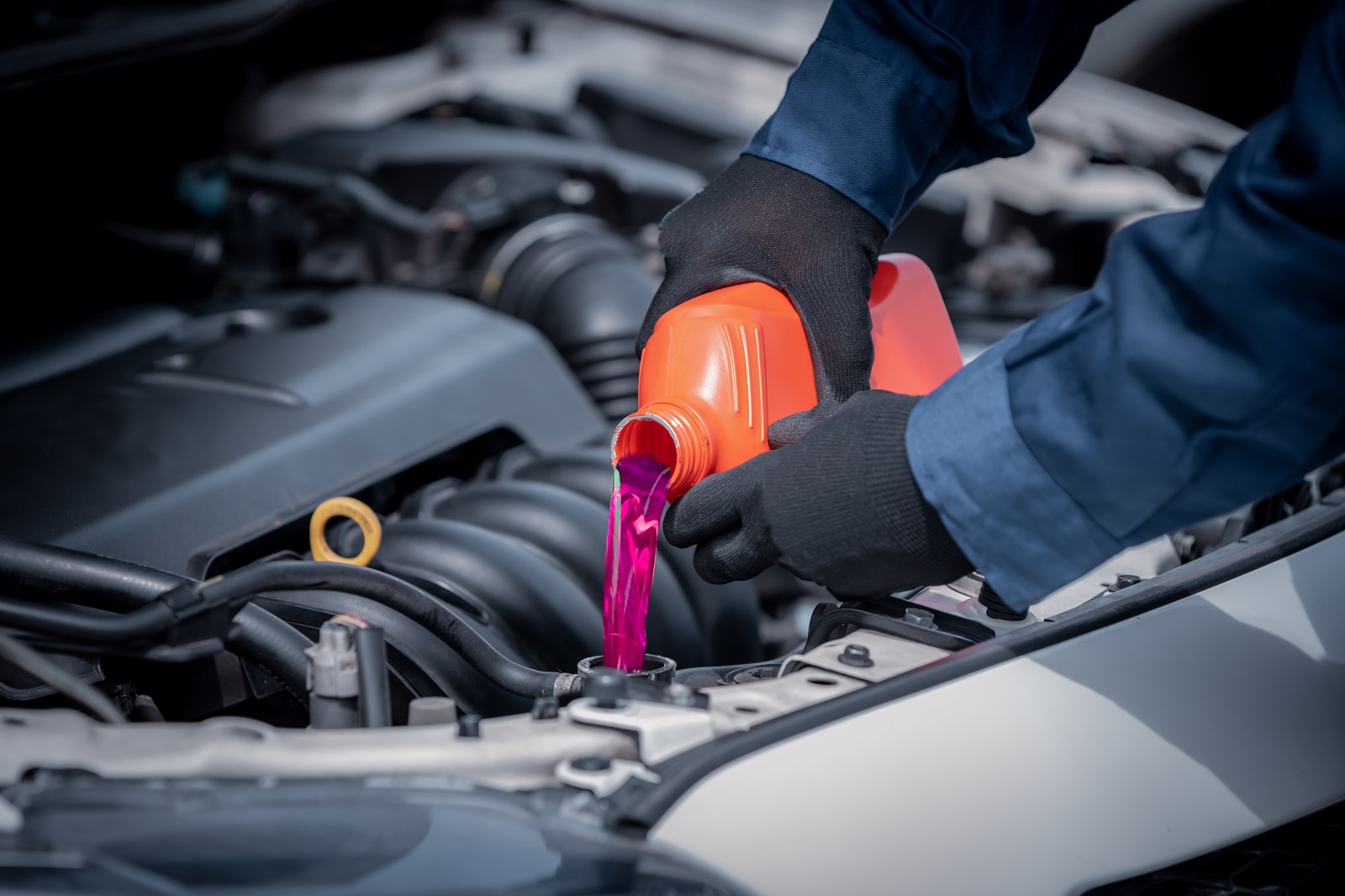
Image Credit: Shutterstock / APChanel
Using the wrong fluid or mixing types can cause significant damage to your vehicle’s systems. Be meticulous in using the correct fluids for each system.
19. Don’t Forget to Reset Sensors and Systems
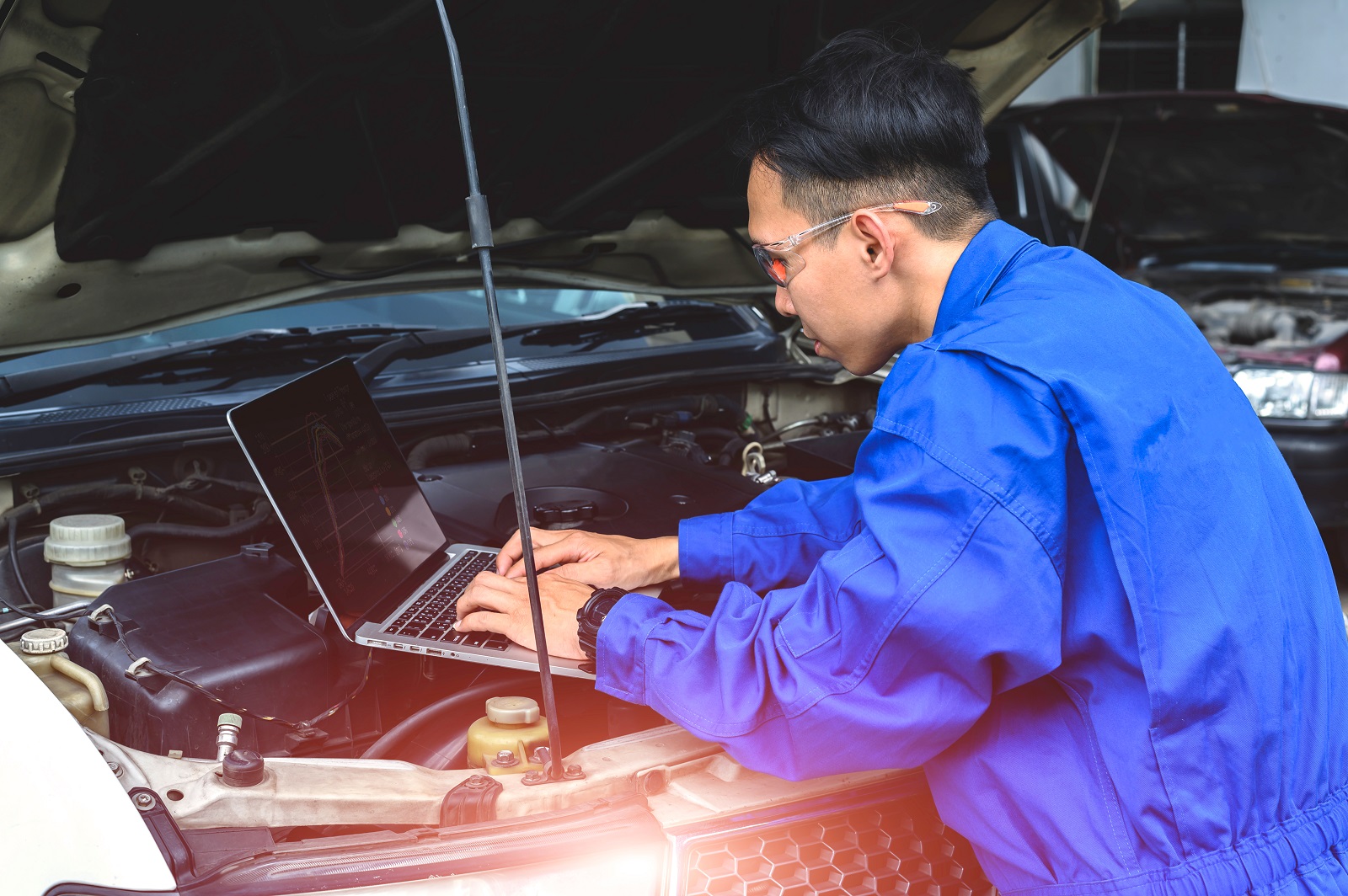
Image Credit: Shutterstock / ichefboy
Some repairs require resetting electronic systems or sensors—consult your manual or a reliable guide for instructions. This ensures your car functions as expected.
20. Don’t Force Parts to Fit
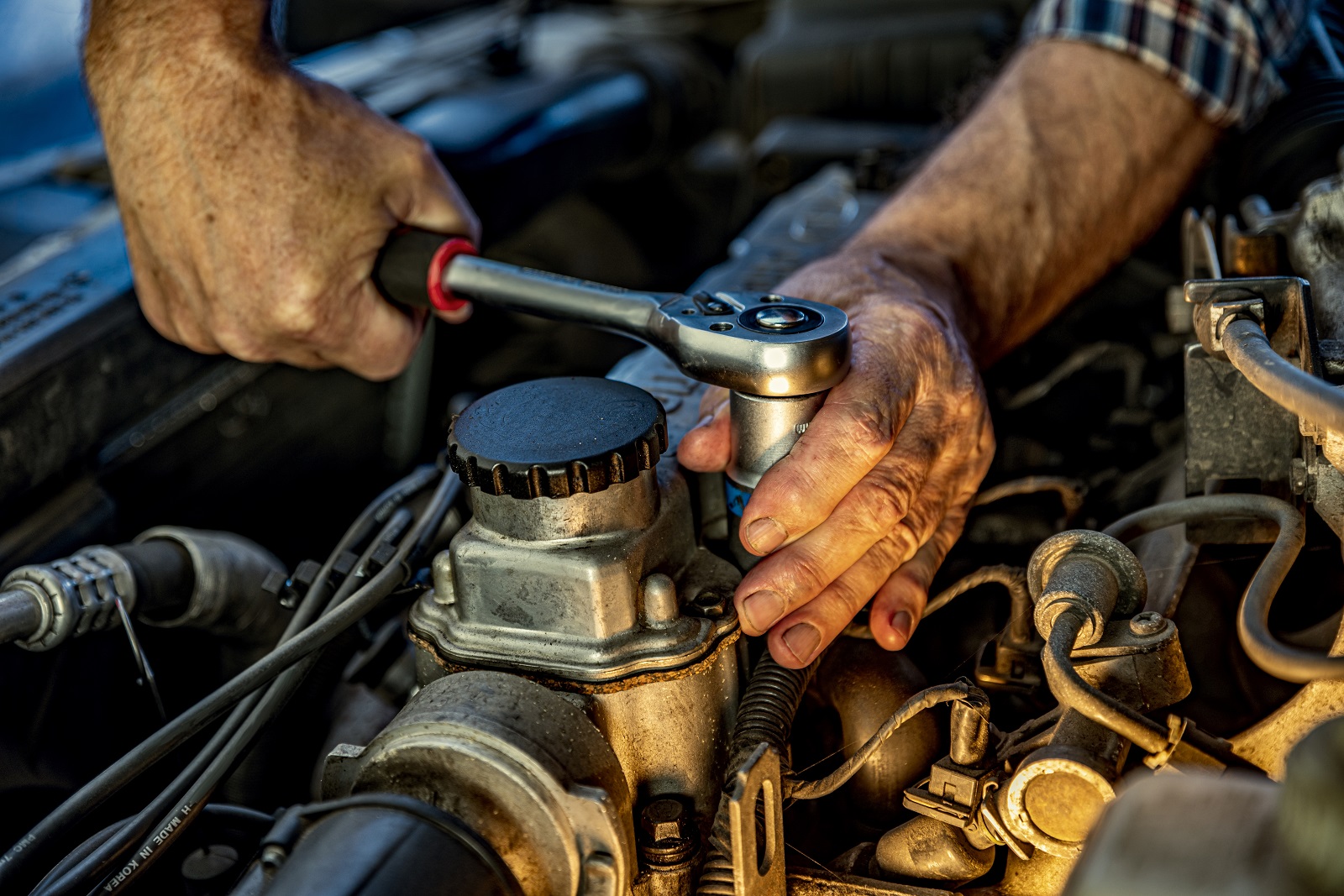
Image Credit: Shutterstock / TSViPhoto
If a part doesn’t fit easily, double-check its suitability rather than forcing it, which can cause damage. The right part should fit without excessive force.
21. Don’t Rely on Quick Fixes
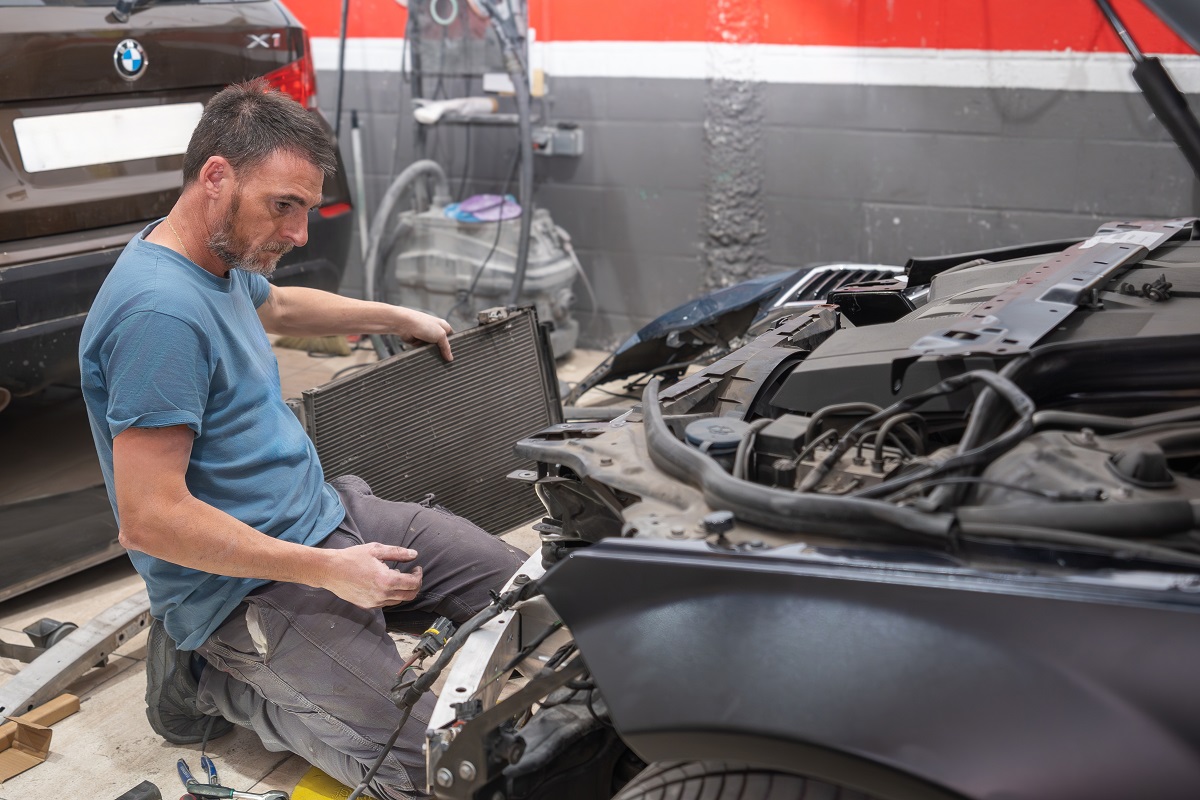
Featured Image Credit: Shutterstock / Alejandro M. Ferrer
Avoid temporary solutions for significant issues. Proper repairs prevent future problems and ensure safety and reliability.
22. Don’t Ignore the Resale Value

Image Credit: Shutterstock / UfaBizPhoto
Consider how DIY repairs might affect your car’s resale value. Keep it well-maintained and document all work done for future reference to maximize value.
Stay Proactive and Informed
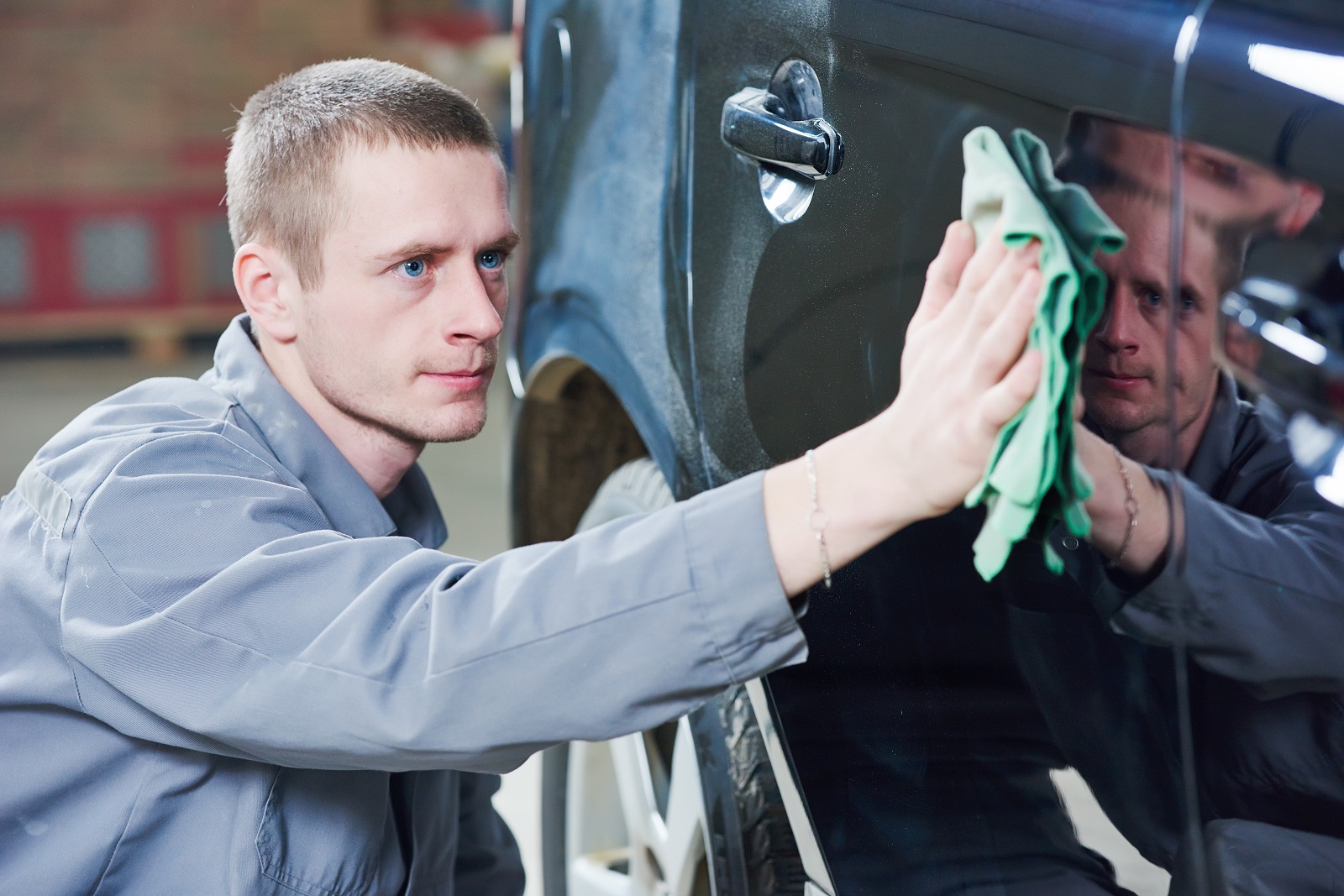
Image Credit: Shutterstock / Dmitry Kalinovsky
By following these dos and don’ts, you can confidently tackle DIY car maintenance while avoiding costly mistakes. Knowledge, patience, and the right approach will ensure your car remains in top condition and serves you well for years to come.
The post – Save Big with These 22 DIY Car Maintenance Tips – first appeared on Mechanic Insider.
Featured Image Credit: Shutterstock / ronstik.
For transparency, this content was partly developed with AI assistance and carefully curated by an experienced editor to be informative and ensure accuracy.
